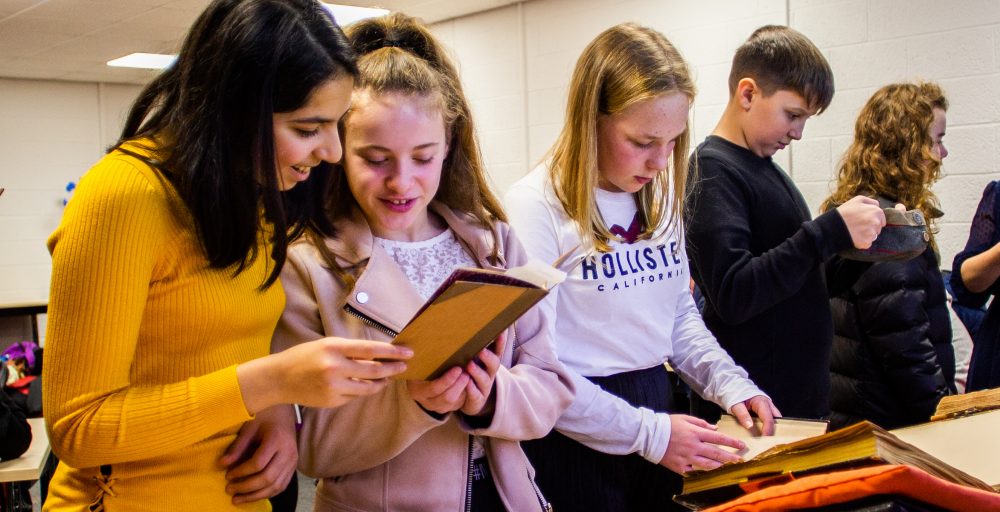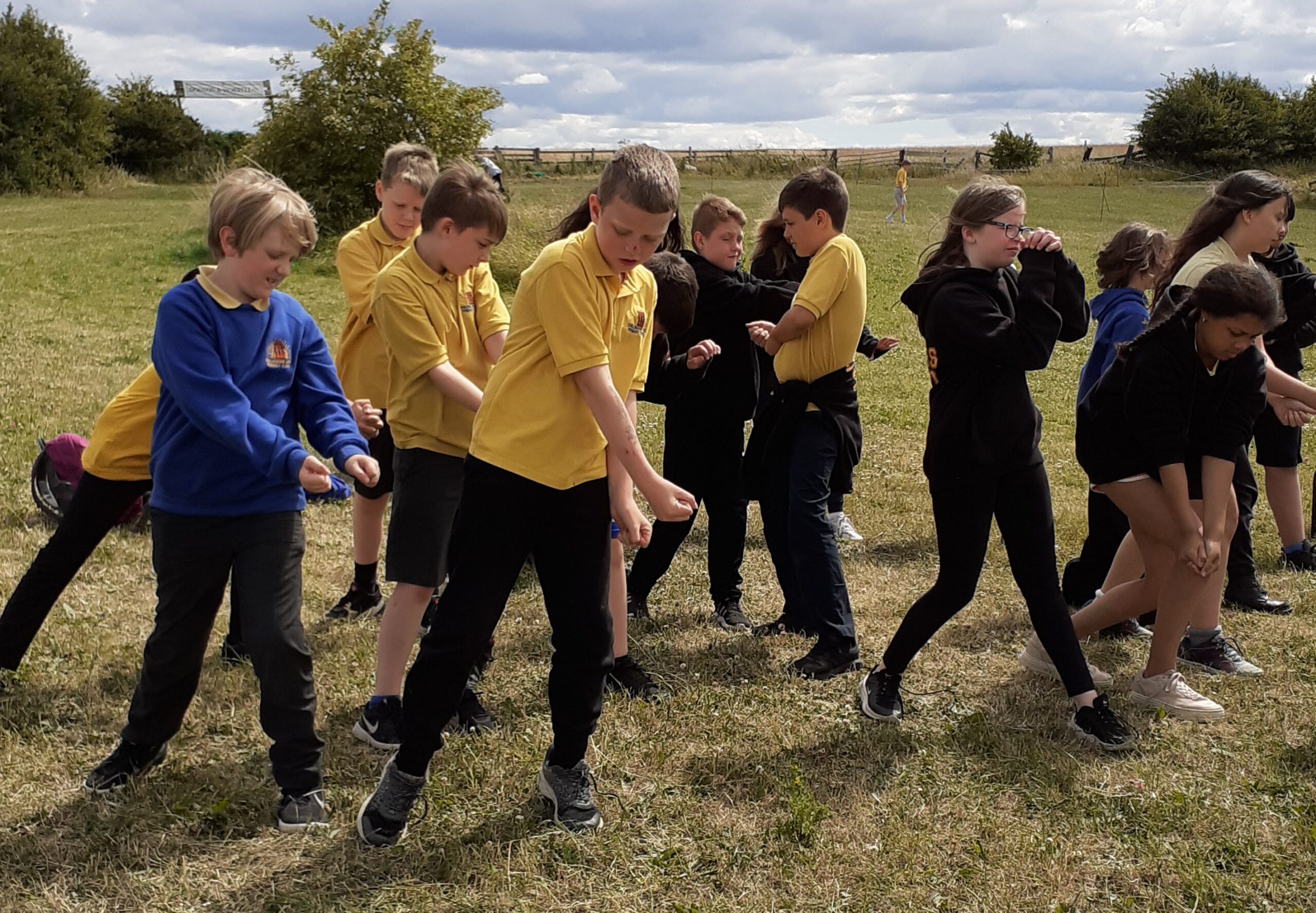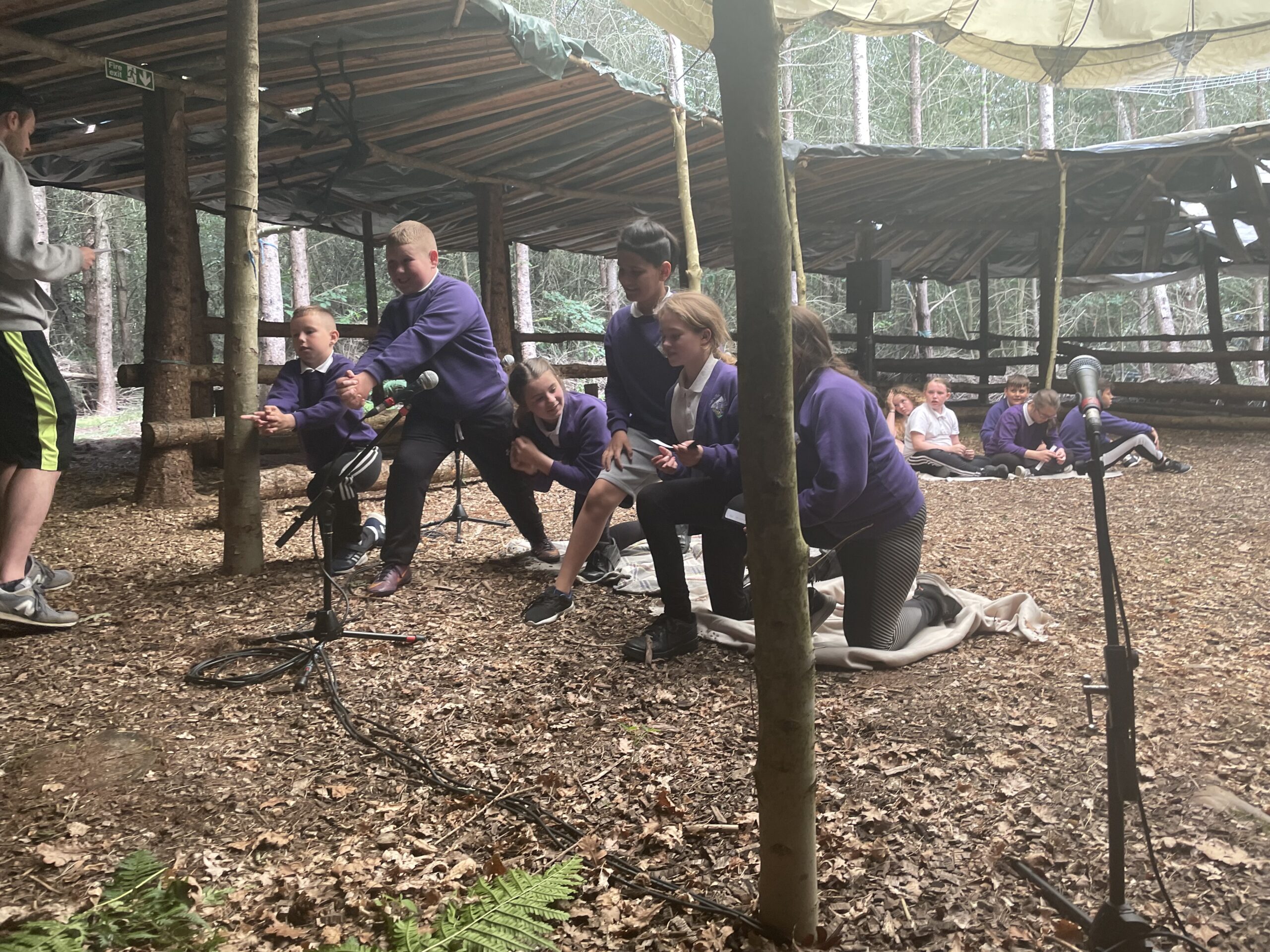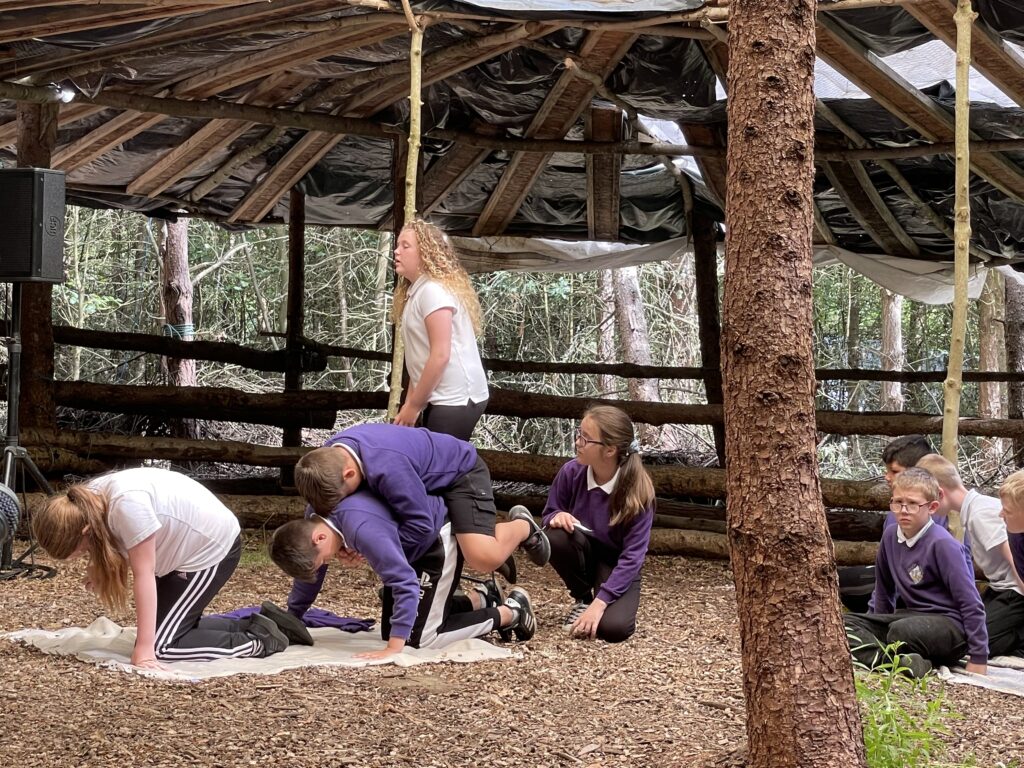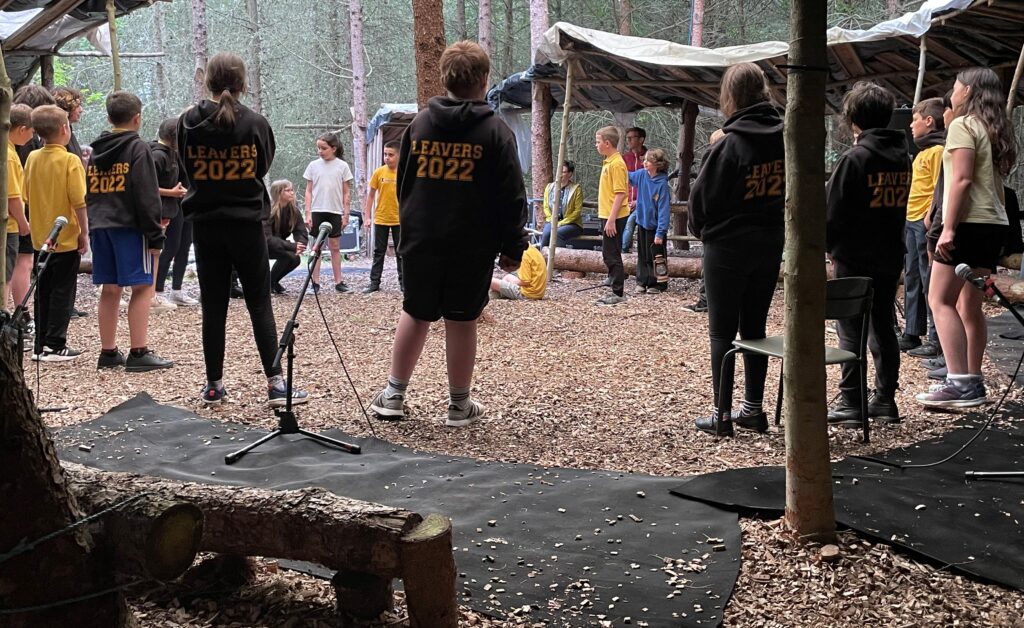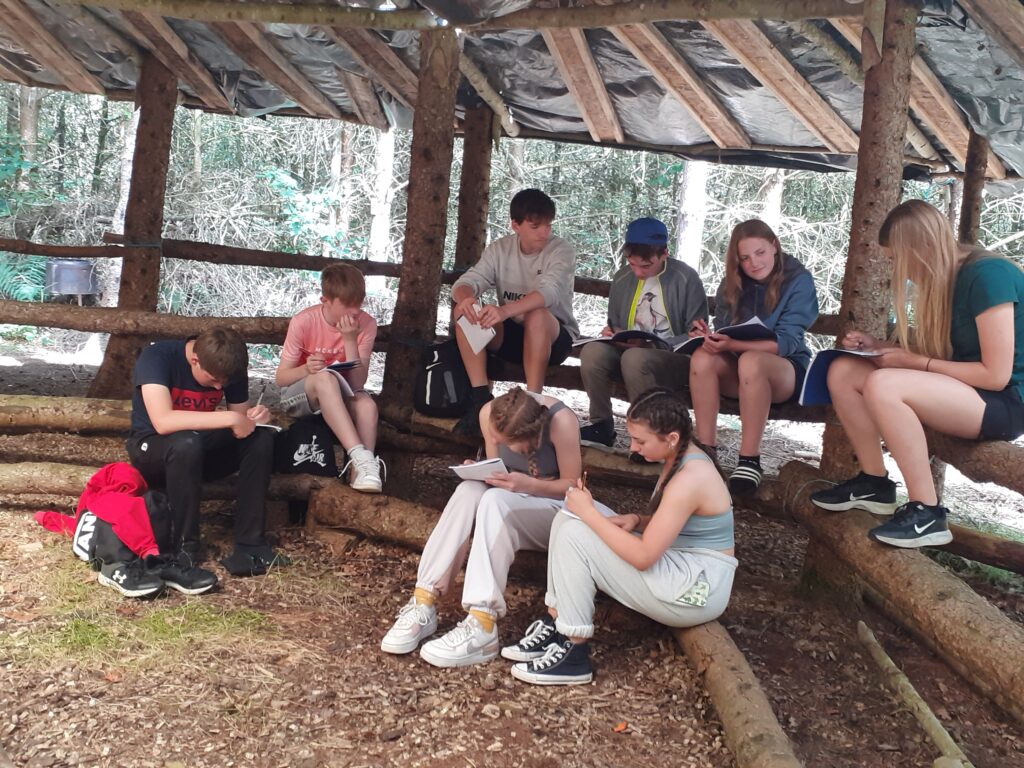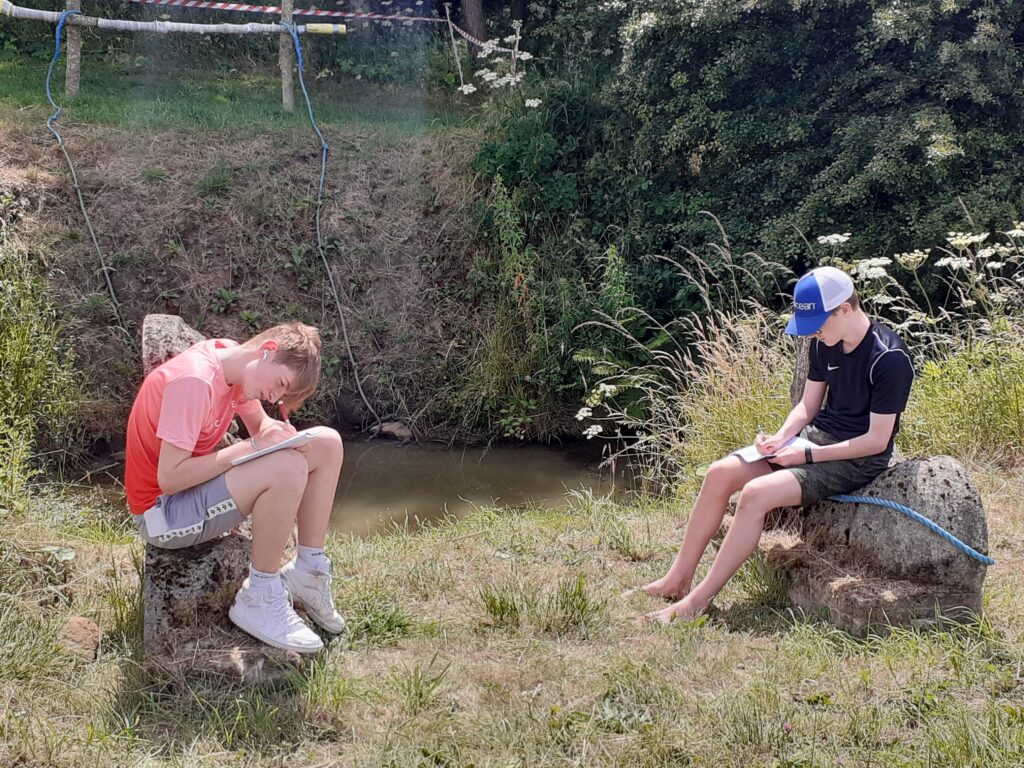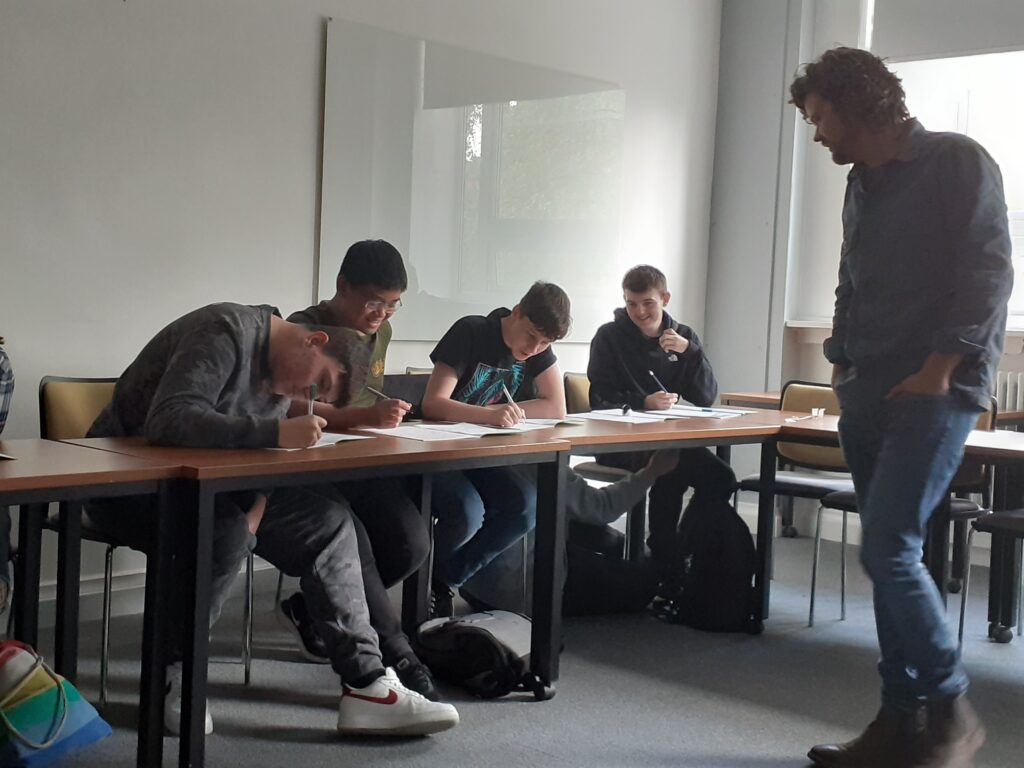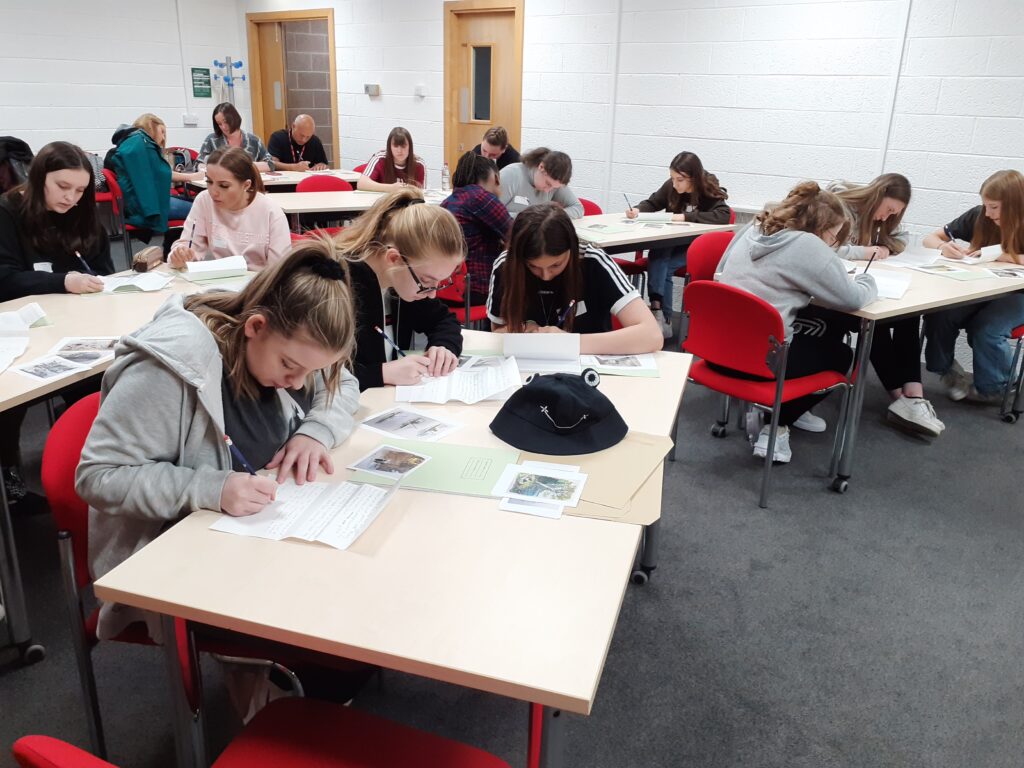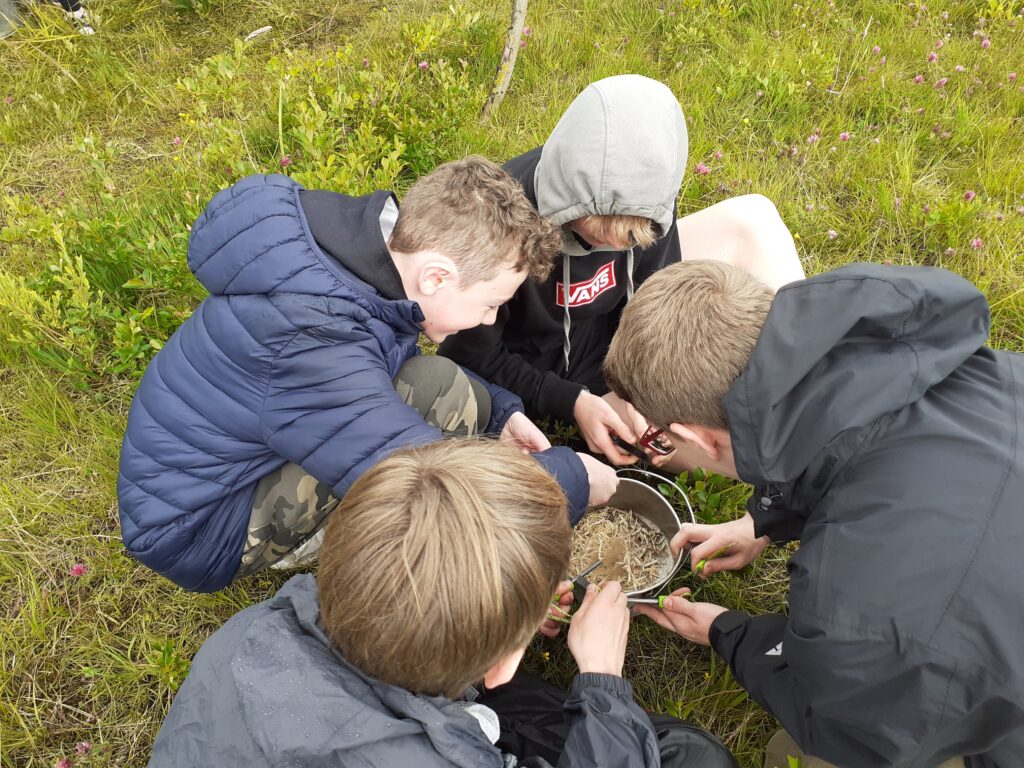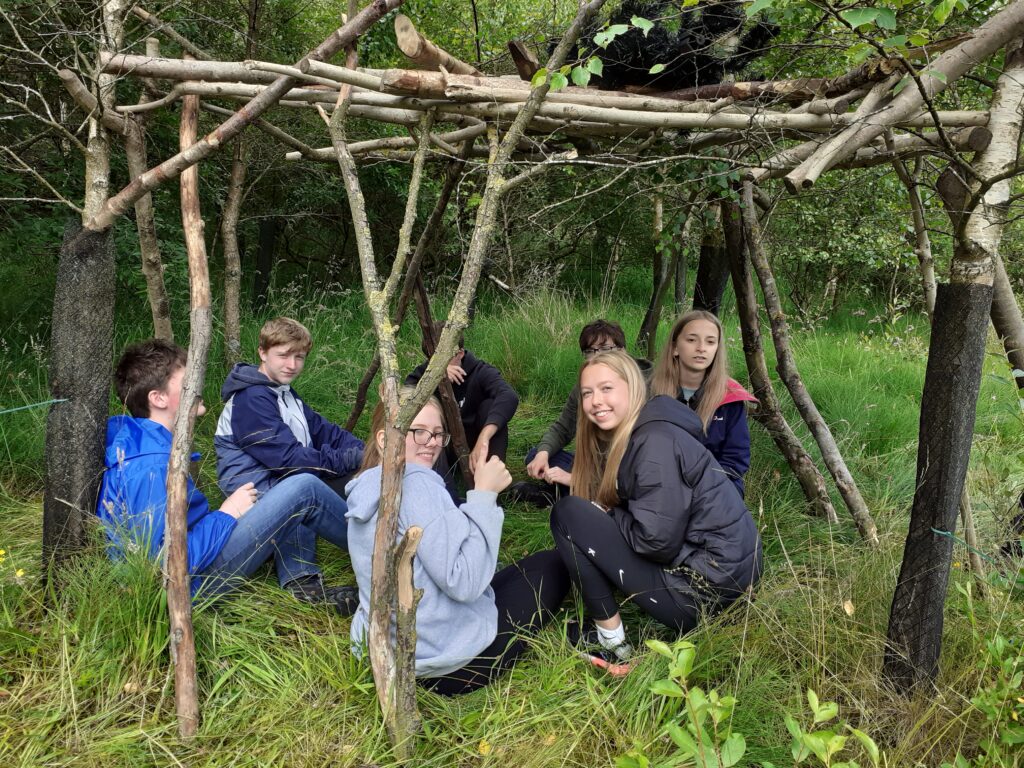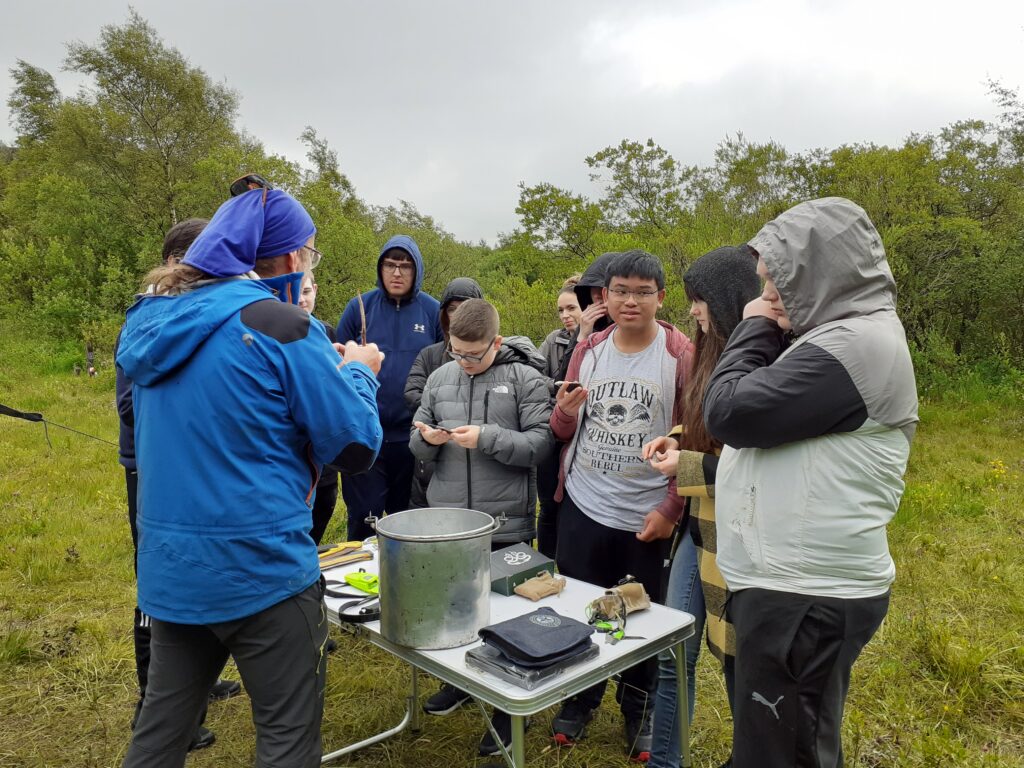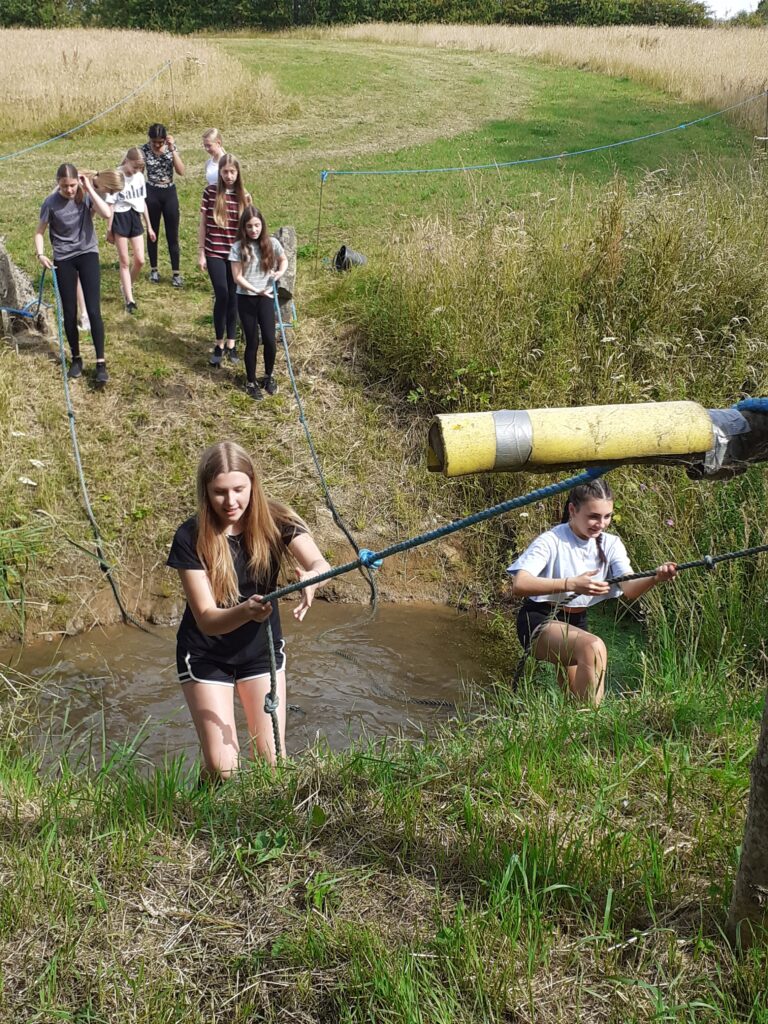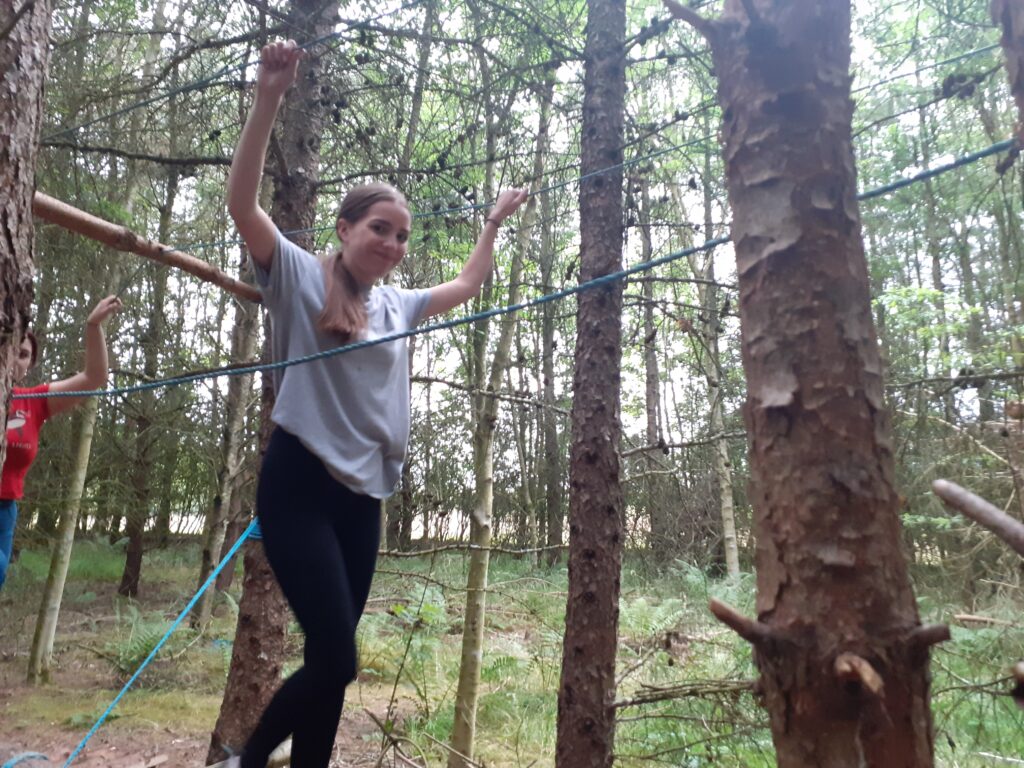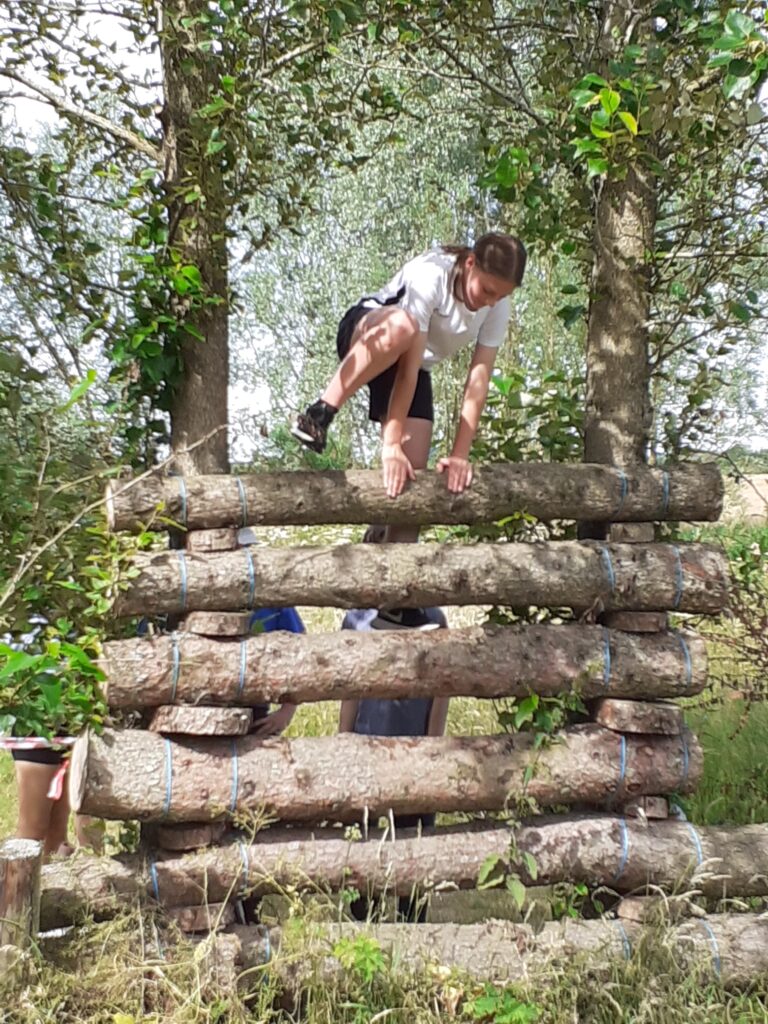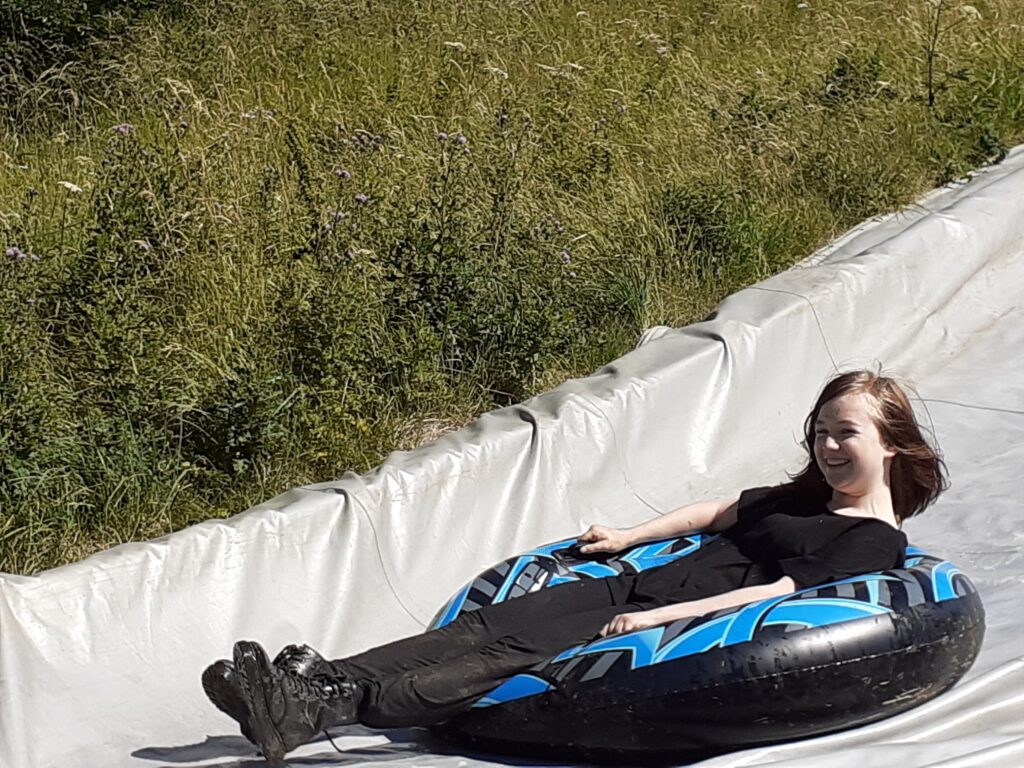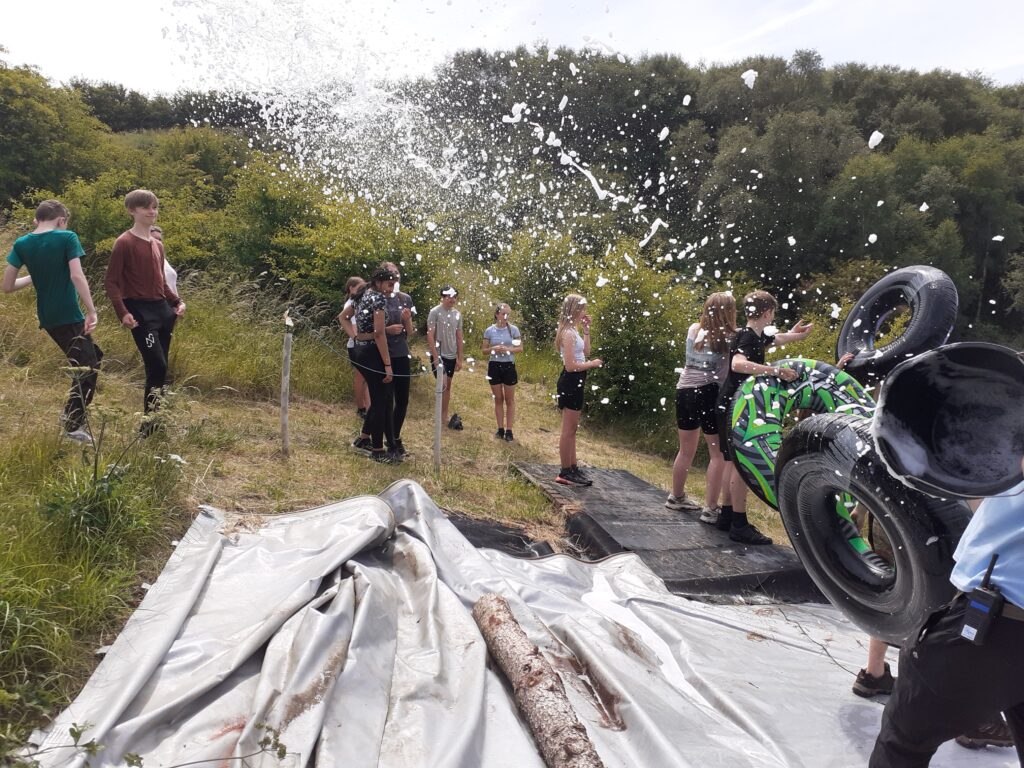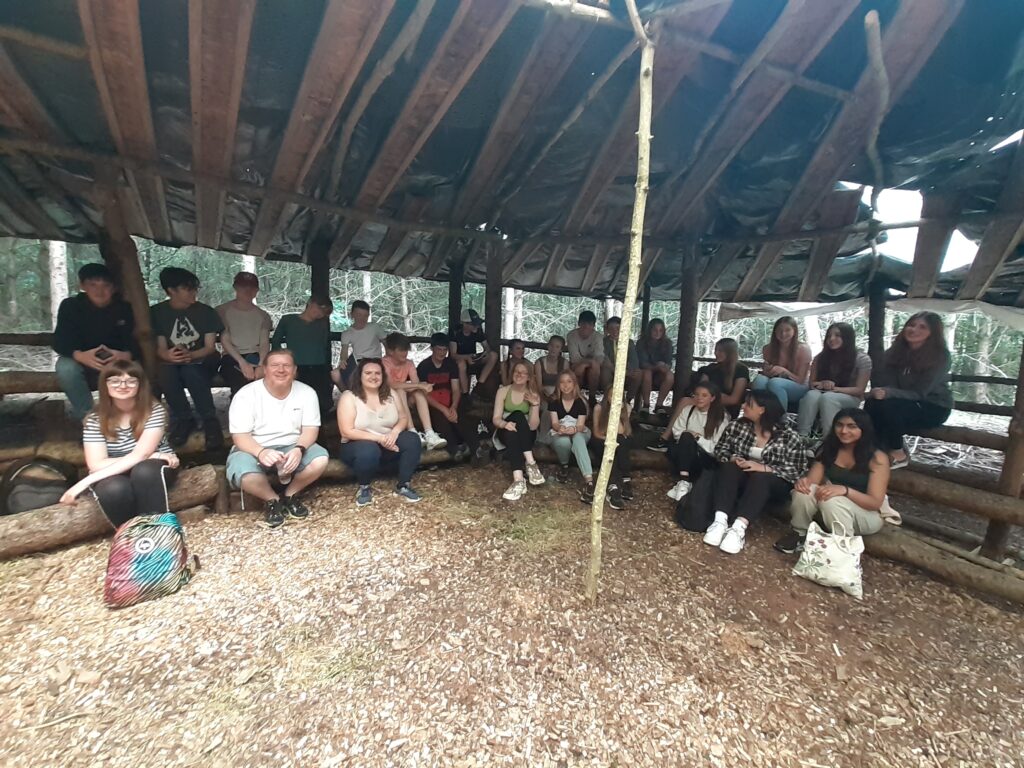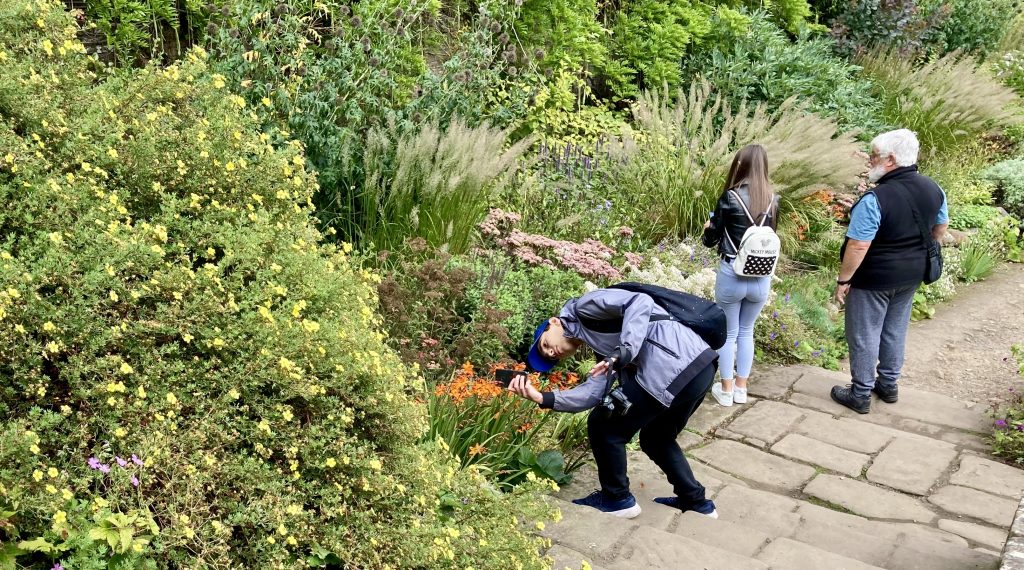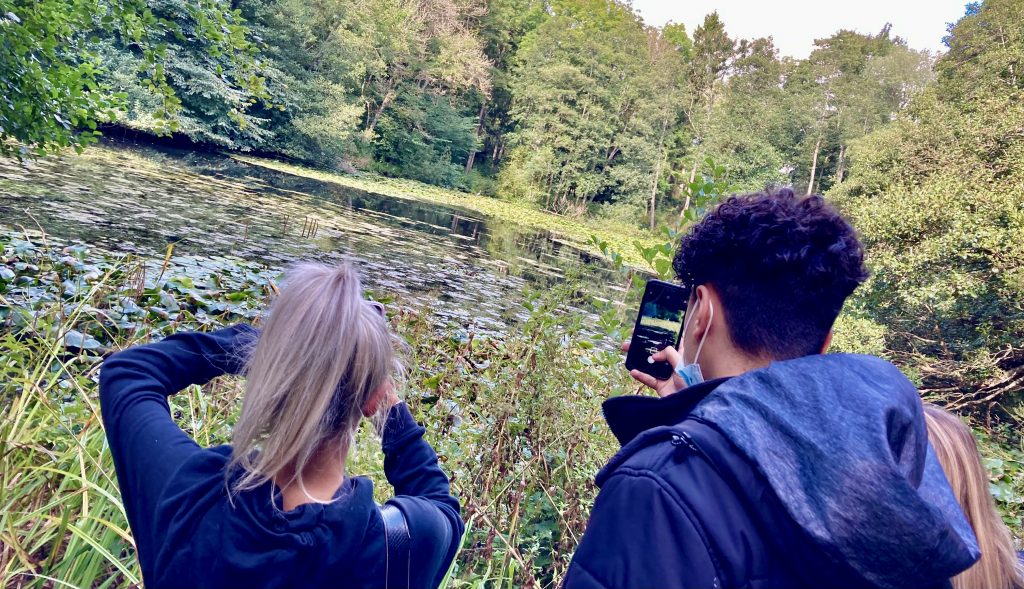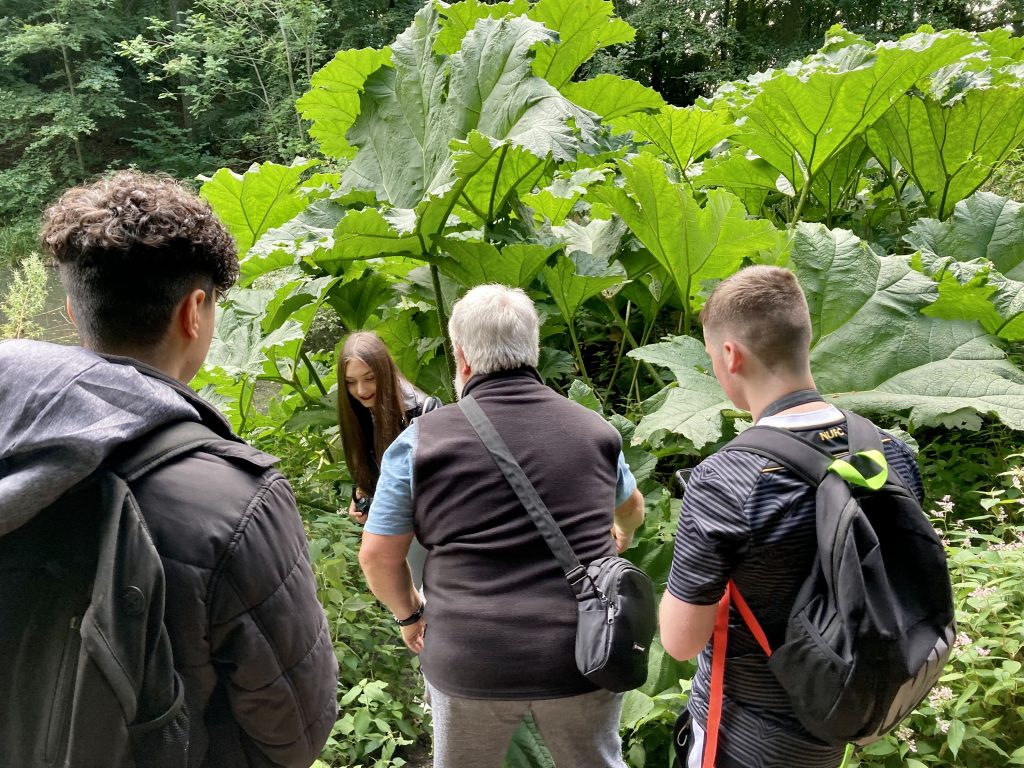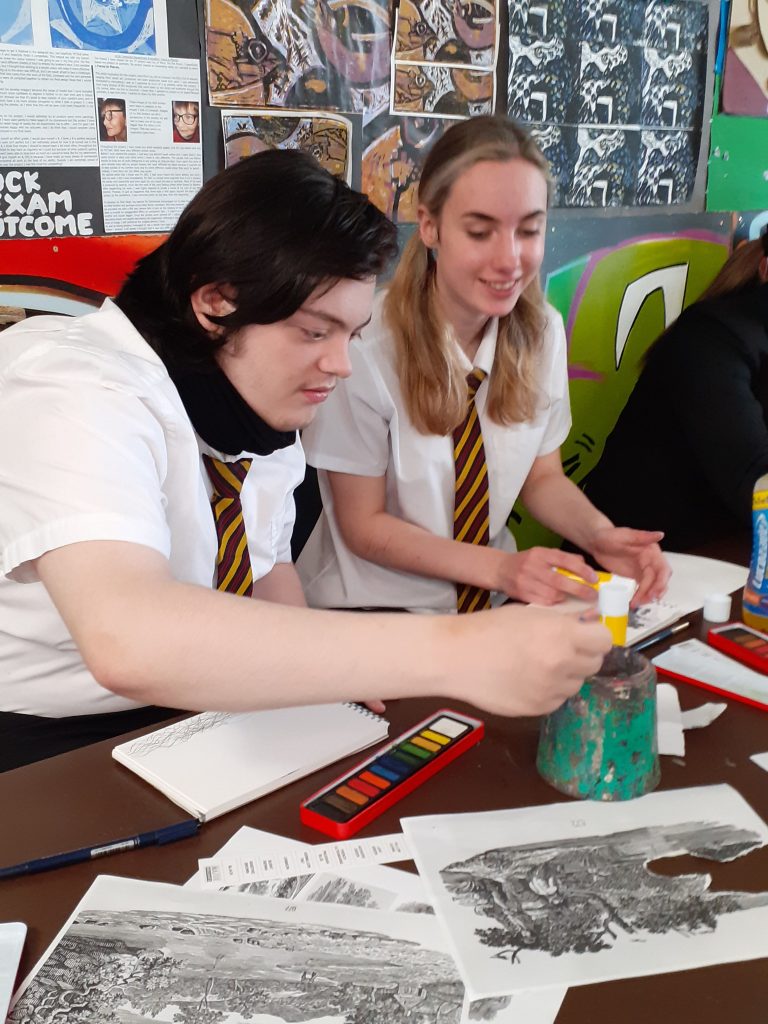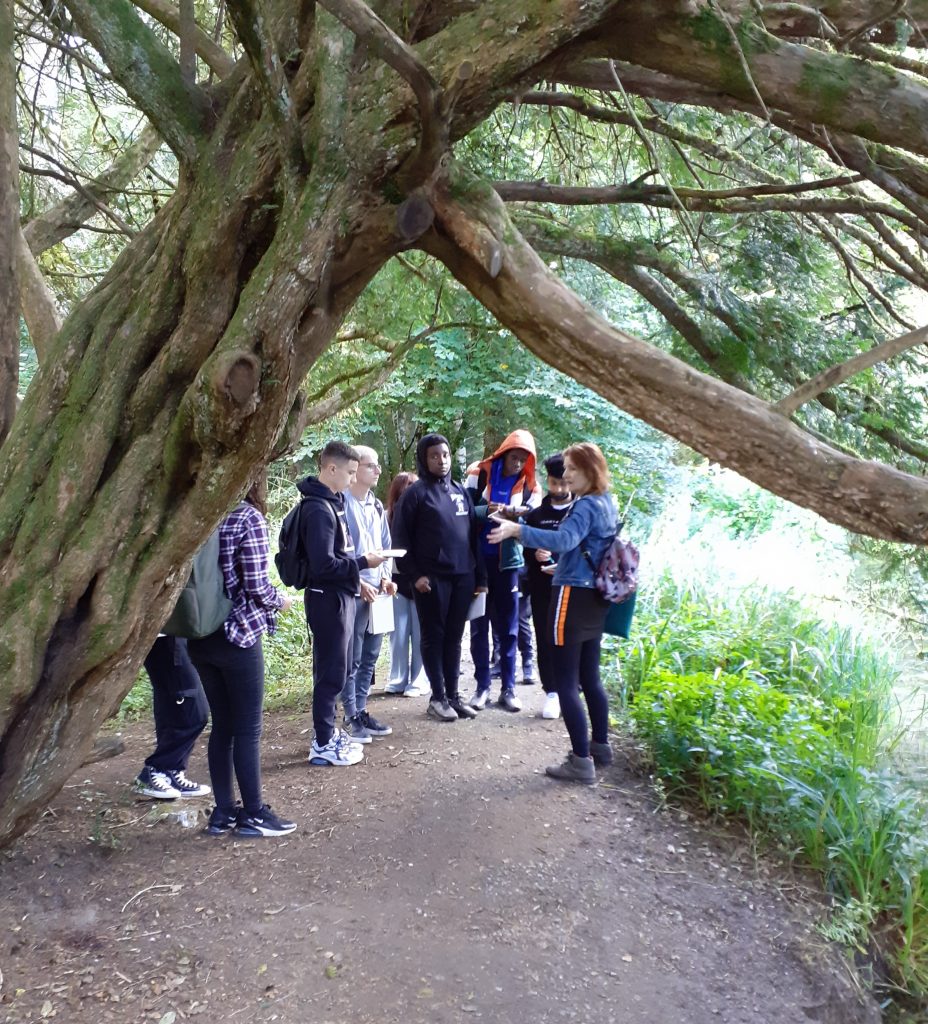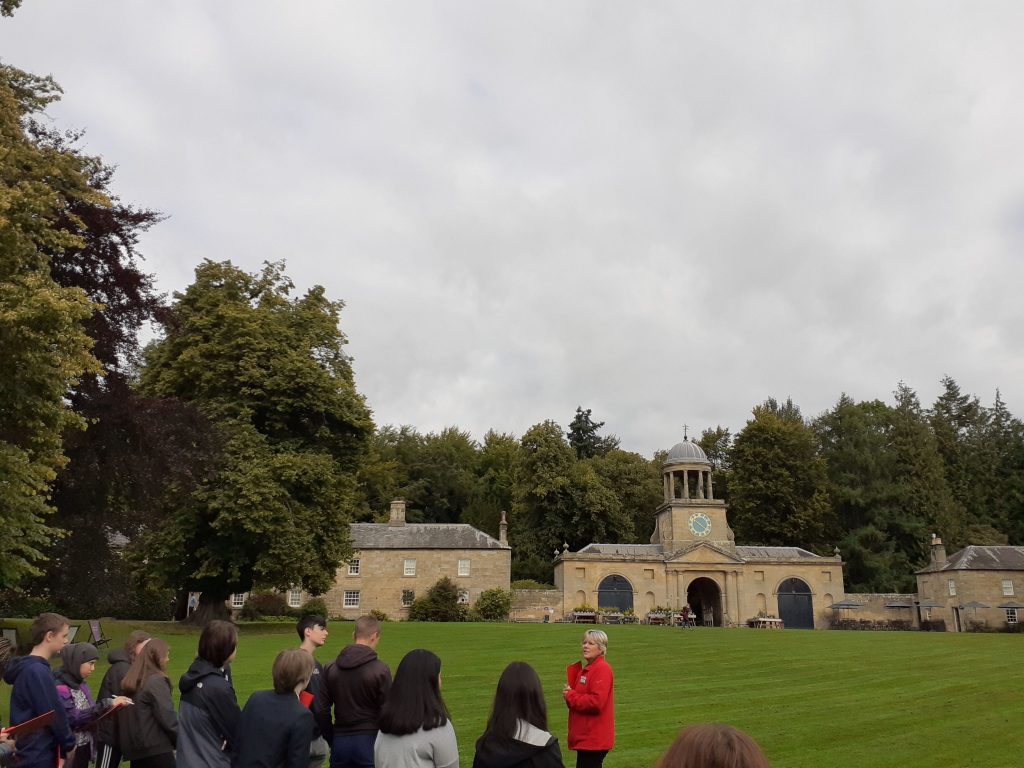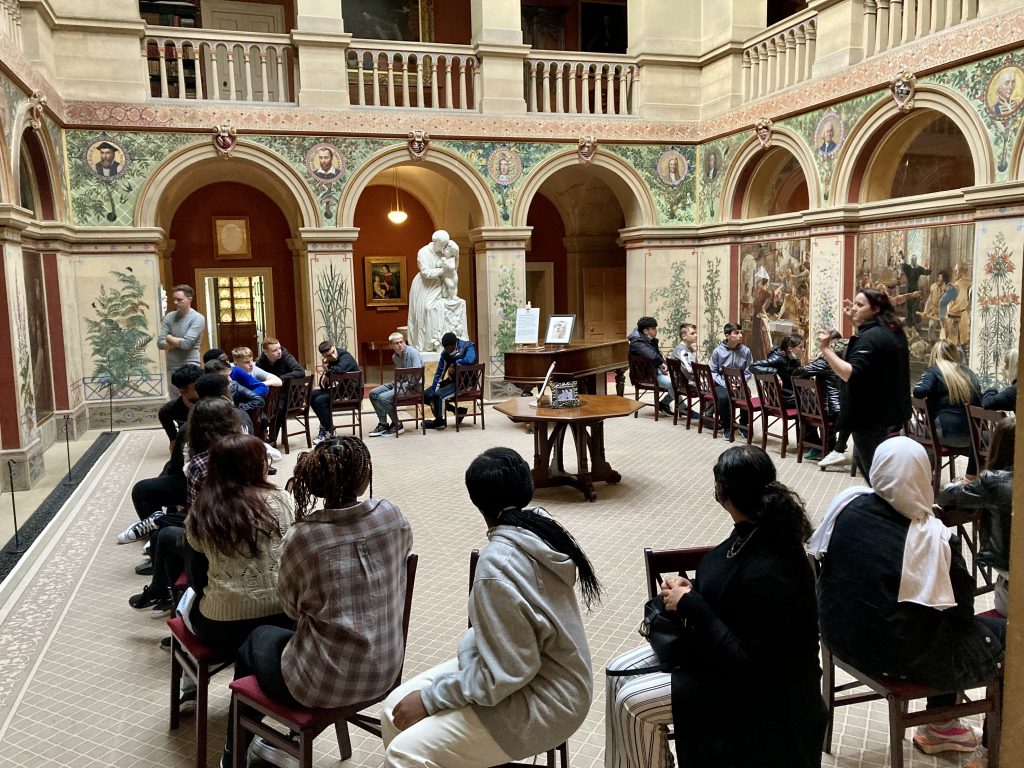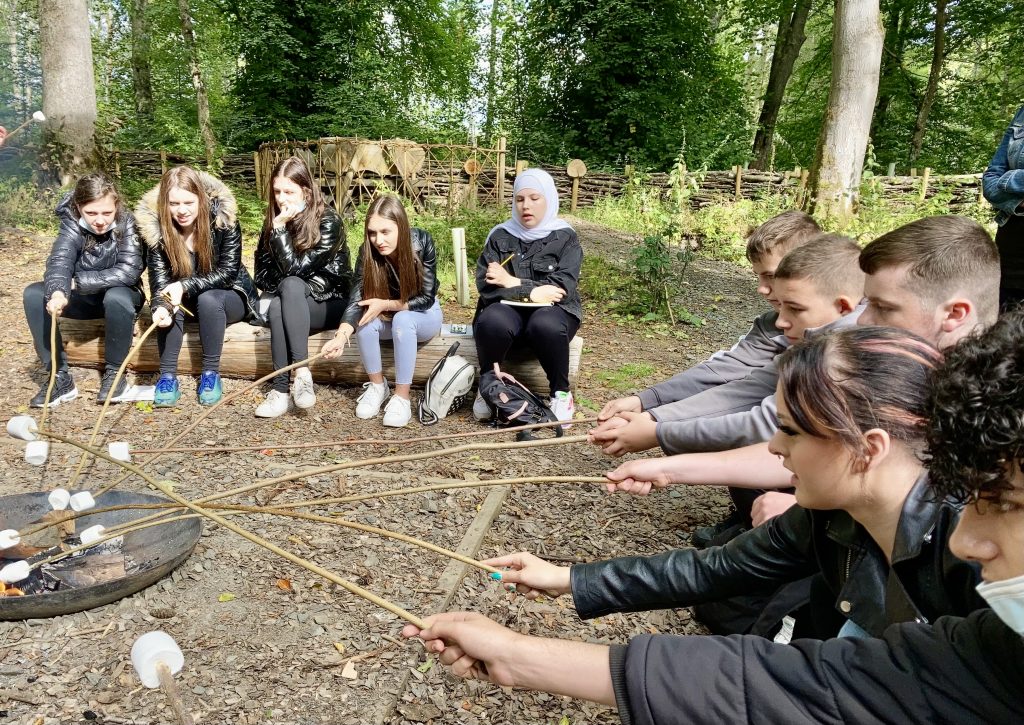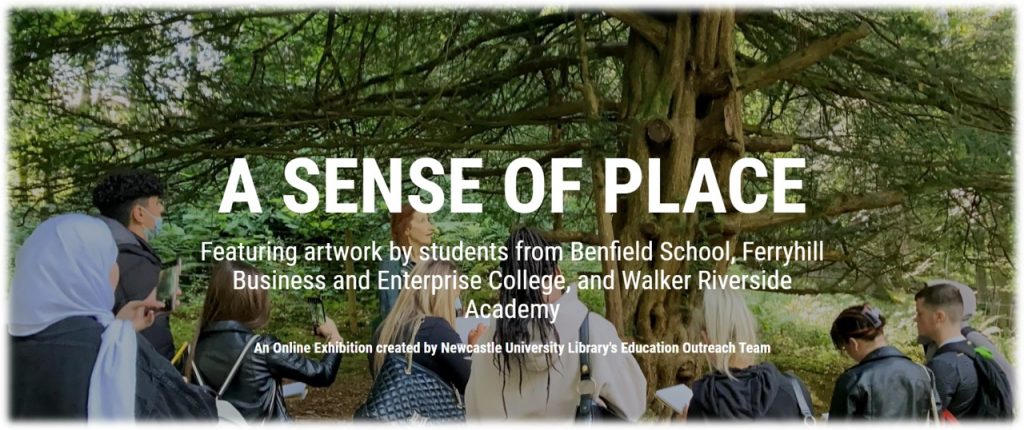Newcastle University Library’s Education Outreach Team worked with Year 6 students from Chillingham Road Primary School and Year 5 students from Carville Primary School on an exciting project about coal mining in Newcastle the nineteenth century.
After doing some introductory work on this topic in school, the children visited Newcastle University Special Collections. Here they used primary source material from the archives to find out about local mining disasters including the flooding of Heaton Main Colliery in 1815 and the explosion at Wallsend Colliery in 1821.
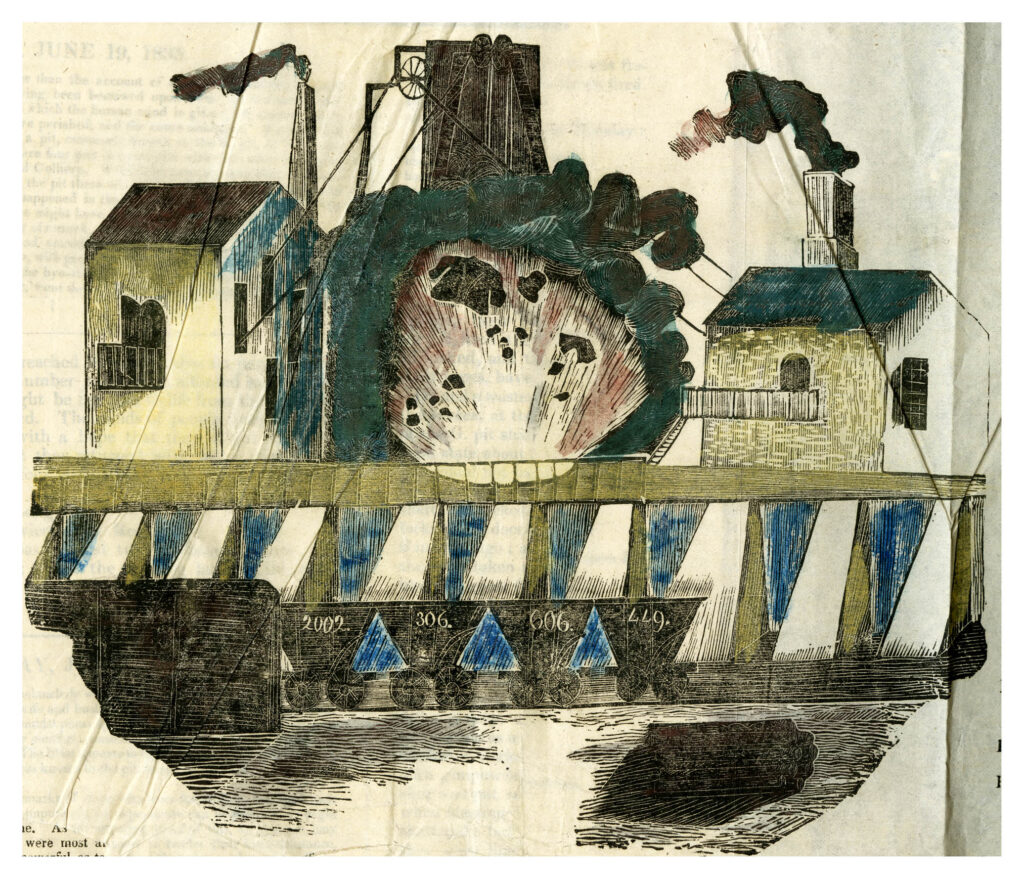
RARE-RB FOLIO 622 08 WIL-PITMAN’S PAPERS-VOLUME II-PAGE 190 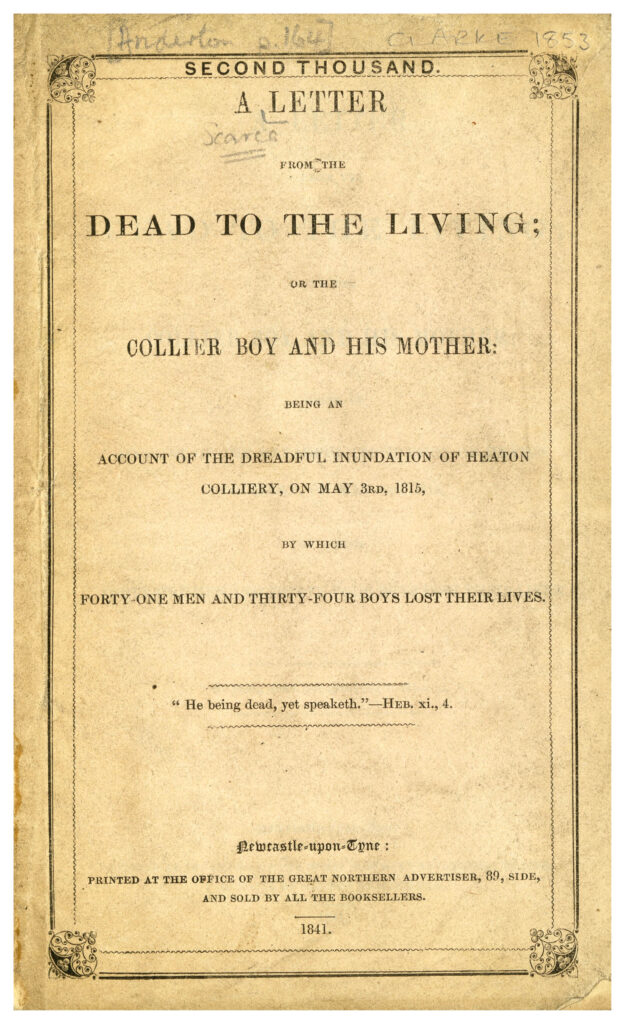
Account of the dreadful inundation of Heaton Colliery, on May 3rd, 1815, Clarke 1853
The students then spent five days working in school with Cap-a-Pie theatre company. Taking inspiration from the material in the archives, the children from each school created their own play showcasing what they had learnt about coal mining in Newcastle in the nineteenth century.
The project was celebrated through a performance of the two plays at an outdoor theatre at Hedley West Farm, Gateshead, hosted by Challenge Northumberland Ltd events, to which parents and guardians were invited.
“It [the project] enhanced their cultural capital and gave them experiences that they would not normally have“
Quote from teacher
“The children were incredibly proud of their achievements, and it was great to see the child-led learning take place.”
quote from teacher
